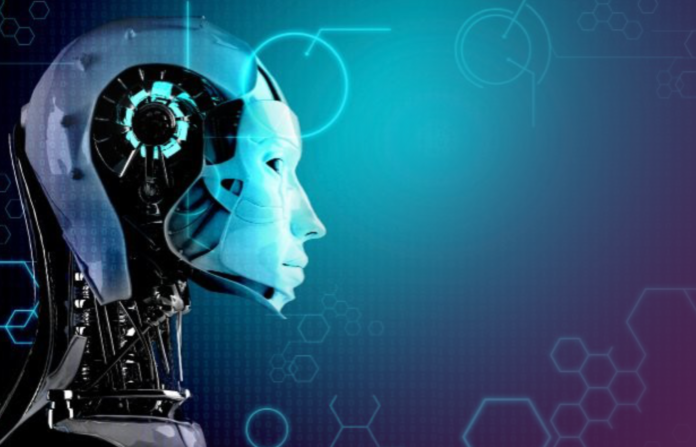A new technology called affective computing is instantly changing how machines interpret and react to human emotions. Computer science, psychology, and neuroscience are converging to create a new multidisciplinary approach with unique applications in several industries.
Intelligent Computing recently examined affective computing’s growth, achievements, and future potential. The discipline is about introducing emotionally intelligent technology by interpreting and recreating human emotions.
After careful research, affective computing has five main components: the fundamental principles of emotion, acquiring emotional clues, analysing feelings, merging numerous input modes, and creating and expressing emotions. The review emphasises emotional intelligence in human-machine interactions and how affective computing might improve them.
Bibliometrics has shown a considerable increase in published publications since 1997, especially between 2010 and 2019, due to deep learning advances. After 2019, the sector slowed, but China, the US, and India are still driving it.
Affective computing breakthroughs include methods to make avatars and robots more realistic, sentiment classification models for nuanced emotional understanding, and consumer behaviour recognition of collective affect.
Recent trends include producing large multimodal datasets, improving multimodal fusion technology, and using emotional computing in virtual reality and empathetic human-computer interaction. With advances in affective brain-computer interfaces, empathic human-computer communication, emotion-assisted decision-making, and affective virtual reality, the future seems bright.
As emotional computing evolves, its applications in healthcare, entertainment, and other industries could transform human-machine interaction. This will create a tech environment where smart devices understand and treat emotions.



